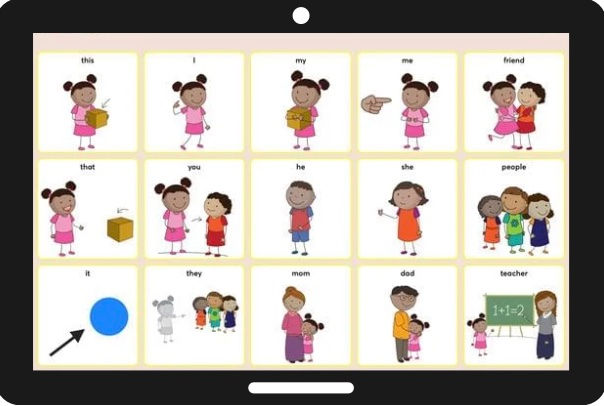Characteristics of ASD/DHH Students
- Elyza Polsky

- May 4, 2023
- 2 min read

Every learner is unique. Each student has their own learning profile. As educators we need to recognize our students’ strengths, which are sometimes obvious, but other times need to be uncovered. Students who are both autistic (ASD) and deaf/hard of hearing (DHH) are an especially unique population. They are a low-incidence, heterogeneous group.
Autistic deaf/hard of hearing students are not simply students who are autistic and who are also deaf/hard of hearing. The combination is not simply additive. While we still focus on the strengths of each student, we have to acknowledge as educators that there is a multiplicative effect in that autism and hearing loss both affect communication (Spencer & Marschark, 2010).
Autistic deaf students will need a variety of assistive technologies, accommodations, strategies and interventions depending on their strengths and areas of need in their learning profile. Planning is directly connected to each individual student, and so it is essential to have a clear understanding of your student and how they learn.
Hearing challenges impact all areas of learning. Autism also makes taking in information a very different experience than for neurotypical students. Both hearing loss and autism can affect the way a child learns and acquires general knowledge about the world around them. As compared to their neurotypical hearing peers, they will be significantly less likely to gain general knowledge via overhearing and ‘overseeing’. Challenges with establishing or maintaining eye contact, as well as the distance within which a child can hear and understand speech and language based on their aided hearing, both reduce the amount of information attained through incidental learning.
While it’s important to acknowledge the challenges we must not let that be our sole focus. Rather our time is better invested in beginning by uncovering the child’s strengths which can then be leveraged to access learning. Sometimes we need to work a little harder to uncover all the wonderful characteristics that make our students unique. A worthwhile endeavour for sure!
Spencer, P. E., & Marschark, M. (2010). Evidence-based practice in educating deaf and hard-of-hearing students. Oxford University Press.



Comments